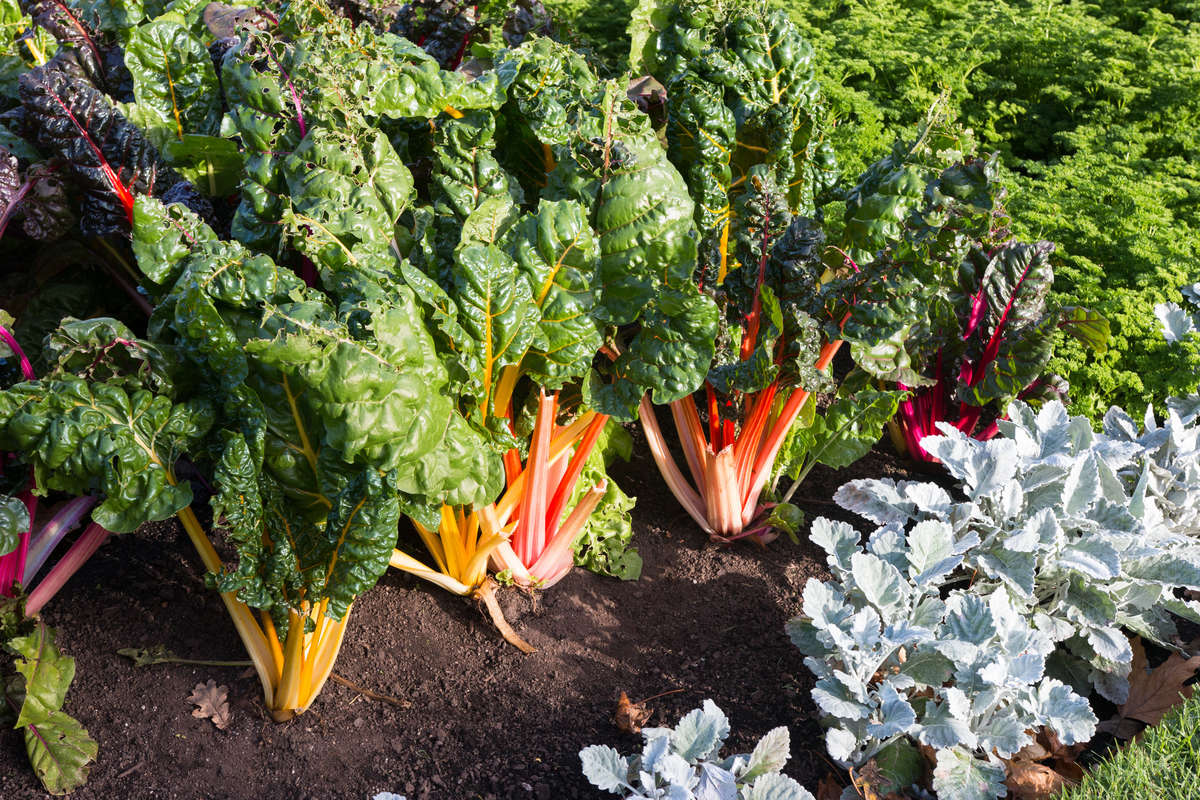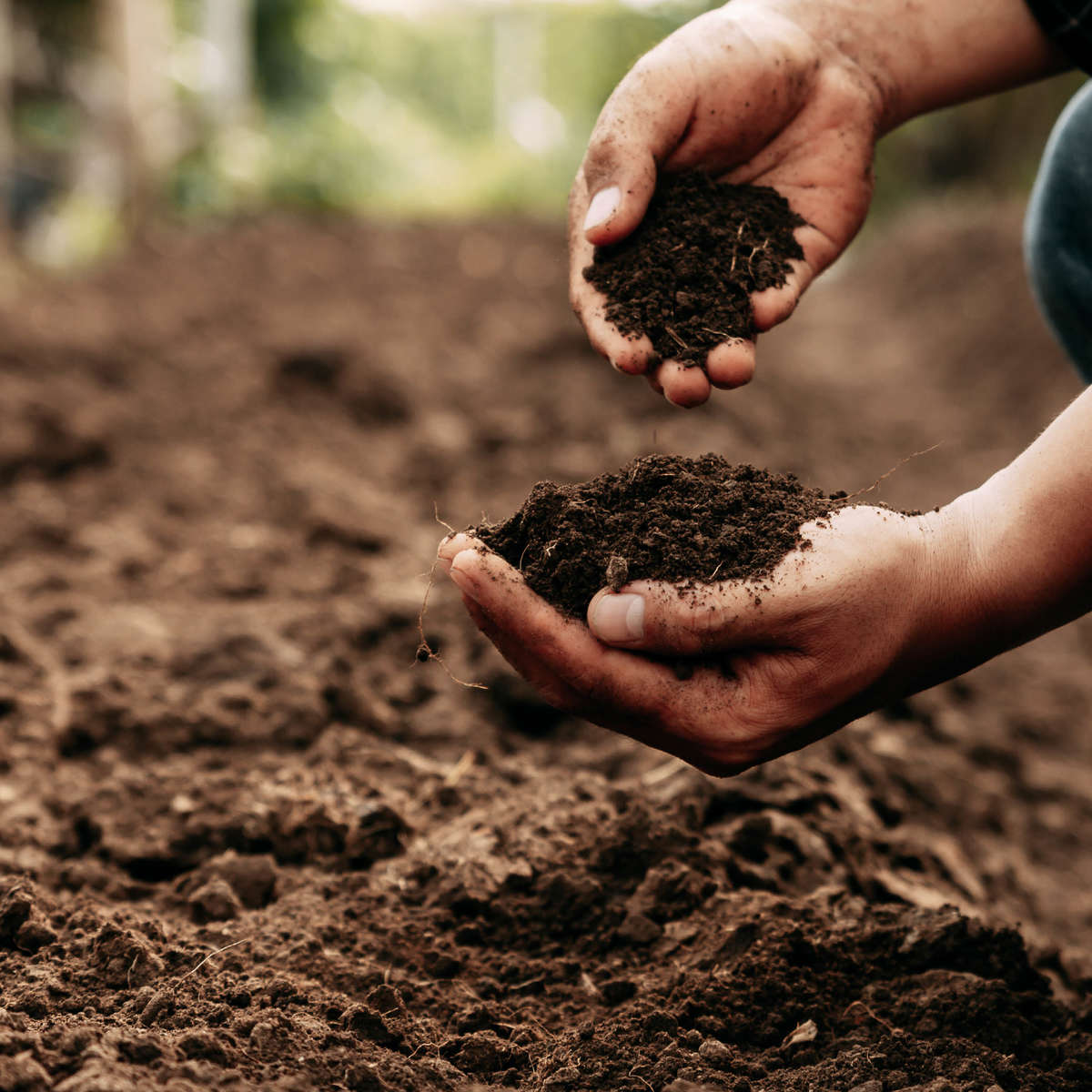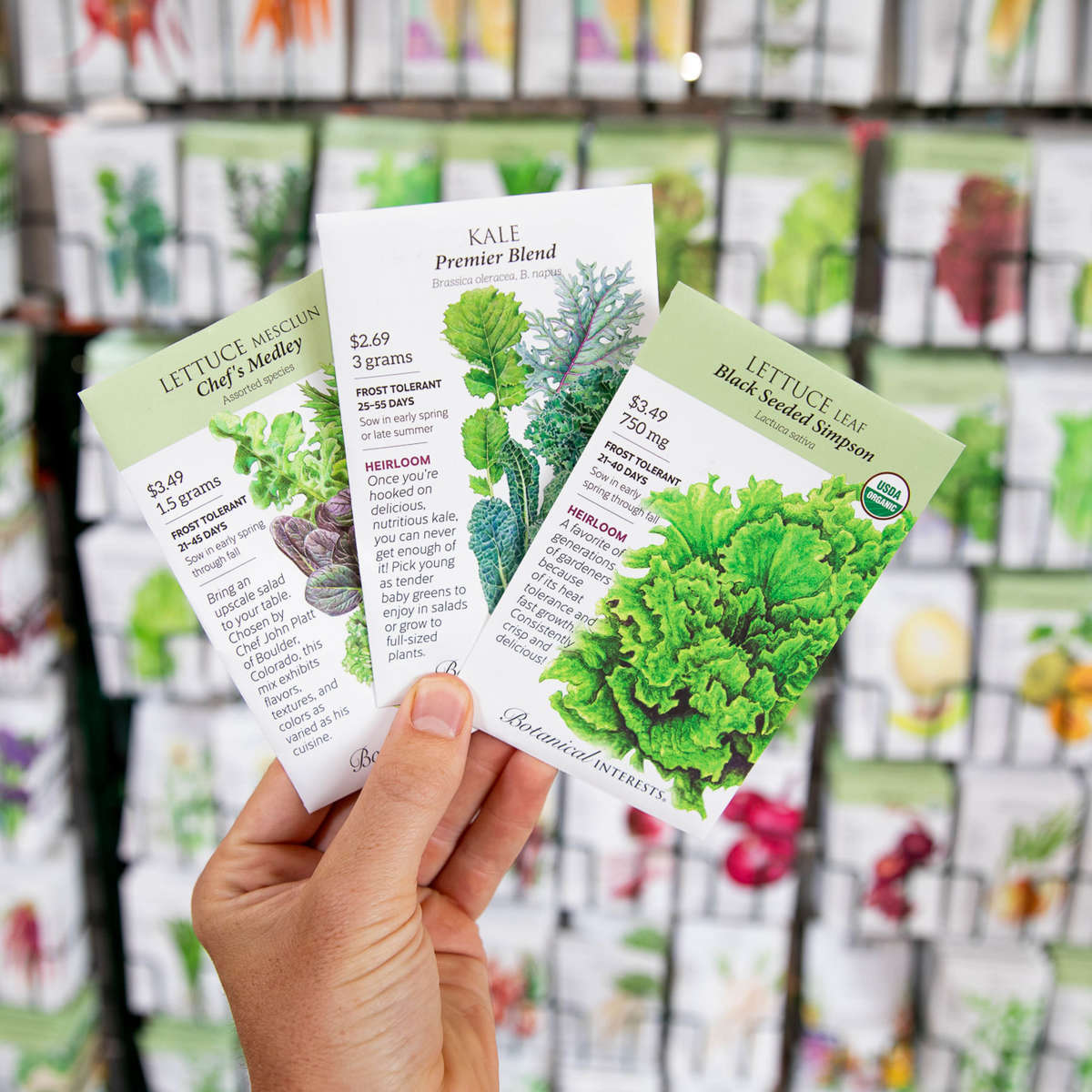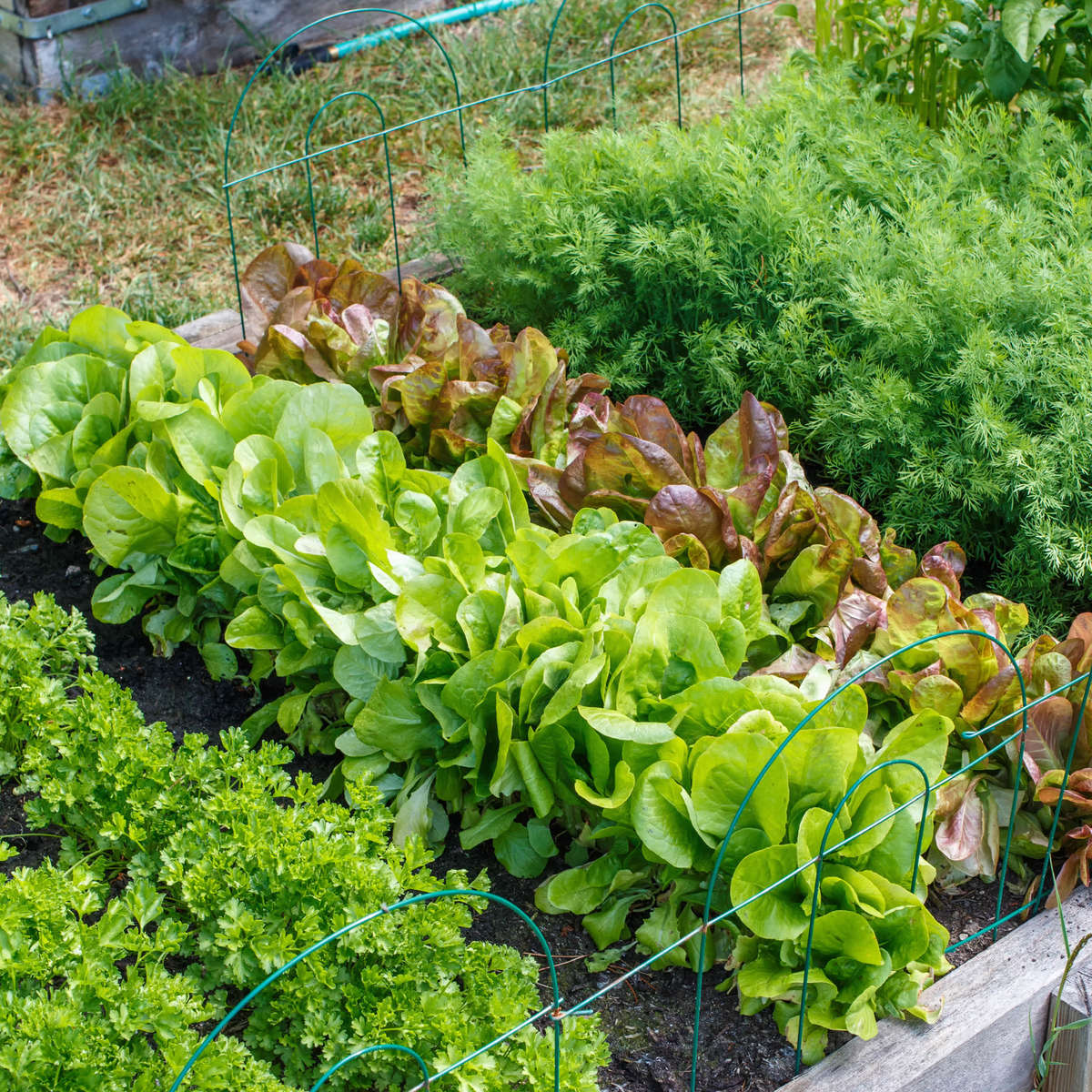
How to Prepare for Fall Vegetable Gardening in Texas

Fall Gardening in Texas
Fall vegetable gardening in Texas offers a unique opportunity for both new and seasoned gardeners to cultivate a variety of cool-season vegetables. With proper planning and preparation, you can enjoy a productive harvest even as the temperatures drop. This guide will walk you through what to plant, when to plant, and how to ensure your garden thrives.

It Starts With The Soil
Healthy soil is an important part of a successful garden. Your soil may be depleted from summer gardening; it is time to rebuild it. Follow these steps to prepare your soil for fall planting:
- Clear Out Summer Crops: Remove leftover summer plants, weeds, and debris, to help prevent pests and diseases from lingering in your garden.
- Add Organic Matter: Enrich your soil by adding a layer of compost, earthworm castings, or organic manure to improve soil structure, and to provide essential nutrients for your fall crops. Till in organic matter and water the soil.

What To Plant
Fall is the ideal time to grow robust vegetables like broccoli, Brussels sprouts, cabbage, carrots, and leafy greens. If you're looking for fresh herbs to add flavor to your holiday meals, consider planting thyme, rosemary, and sage. You can start your plants by sowing seeds or getting healthy starts from our nursery.
- Seeds: Start seeds indoors for broccoli, cauliflower, and Brussels sprouts about 6-8 weeks before transplanting them outdoors. Directly sow seeds for carrots, radishes, lettuce, and spinach in late summer to early fall.
- Starts: If you prefer to purchase seedlings, transplant them outdoors in early fall.
Planting Tip: use an organic starter fertilizer when planting to encourage healthy root growth and better transplant success.

Caring for Your Garden
- Watering: Simplify your watering routine with timers and drip irrigation for efficient water use. Remember to water your plants regularly, especially during dry spells. However, be cautious of overwatering, which can lead to root rot.
- Fertilizing: Feed your plants with a balanced, organic fertilizer every few weeks during the growing season.
- Weeding: Regularly remove weeds from your garden to prevent them from competing with your plants for nutrients and water. Get them early in their growth stage to prevent seeding.
- Pest and Disease Control: Be vigilant for common garden pests and diseases. If you notice any issues, consider organic solutions as your initial approach before resorting to synthetic pest control.
